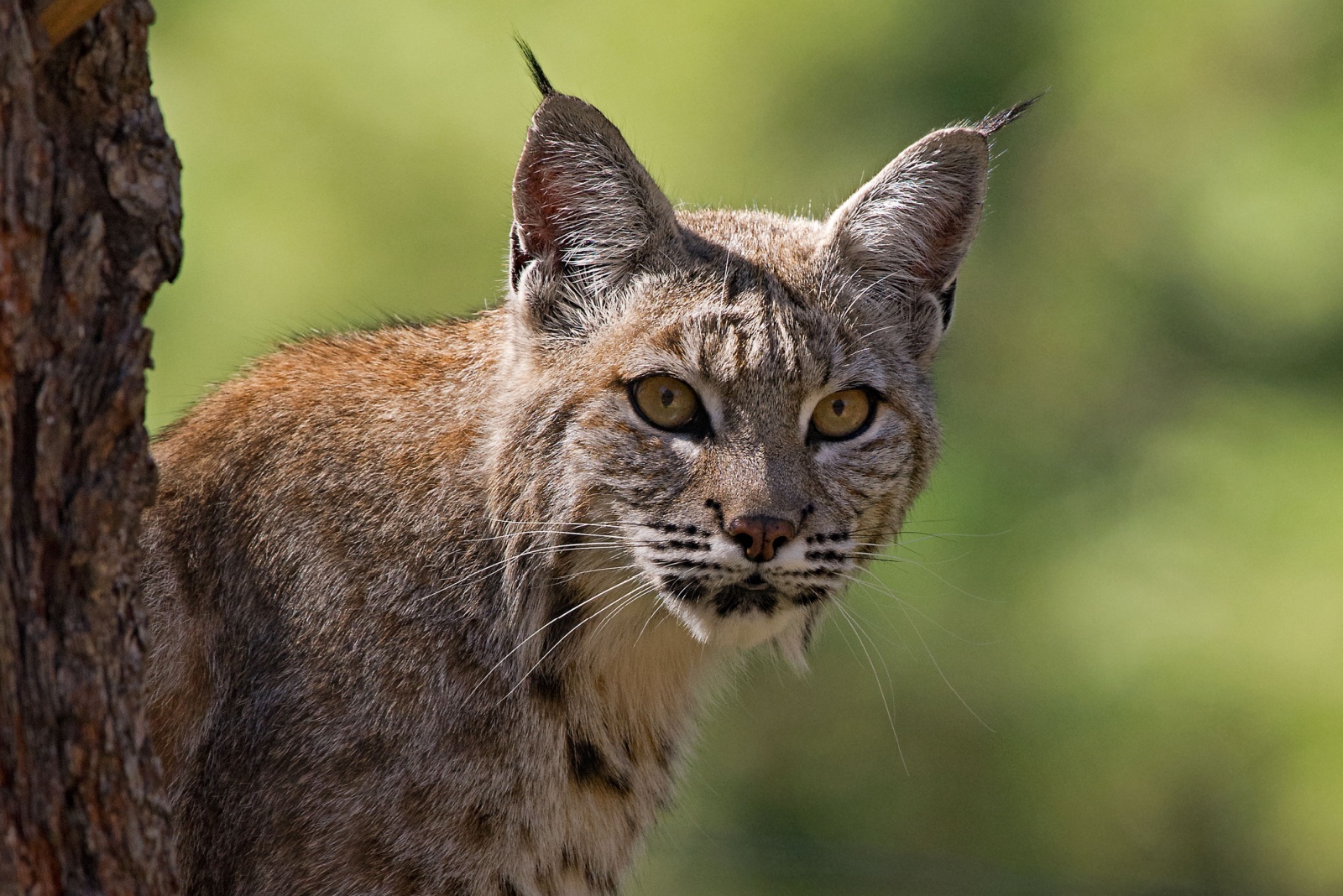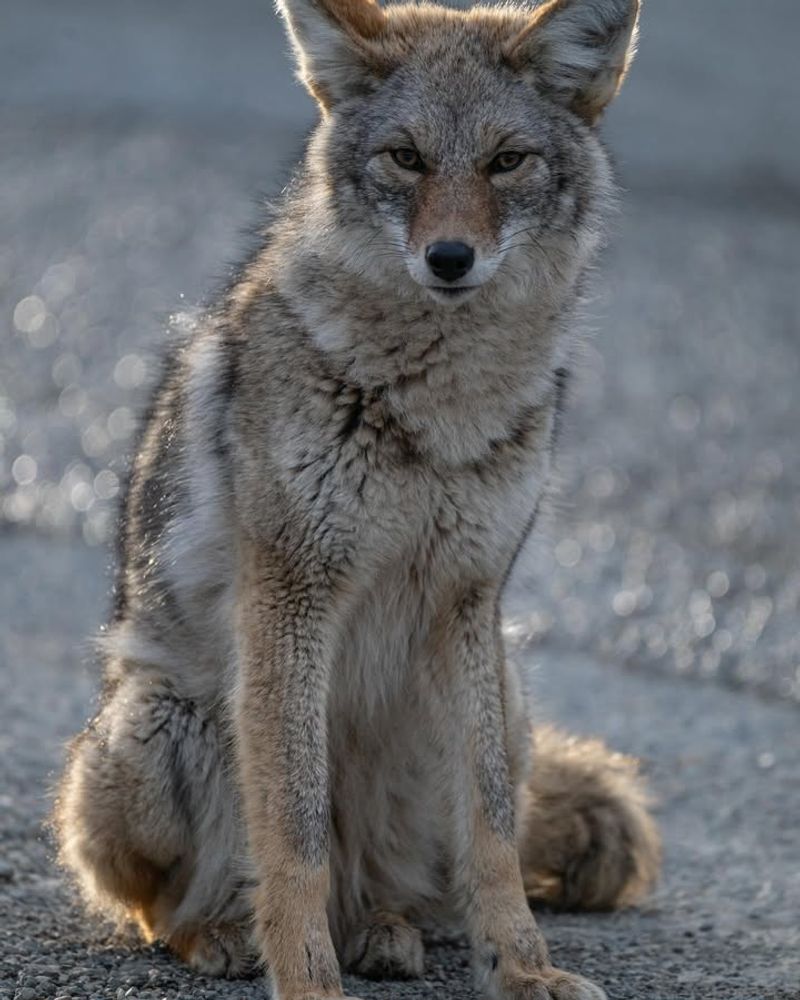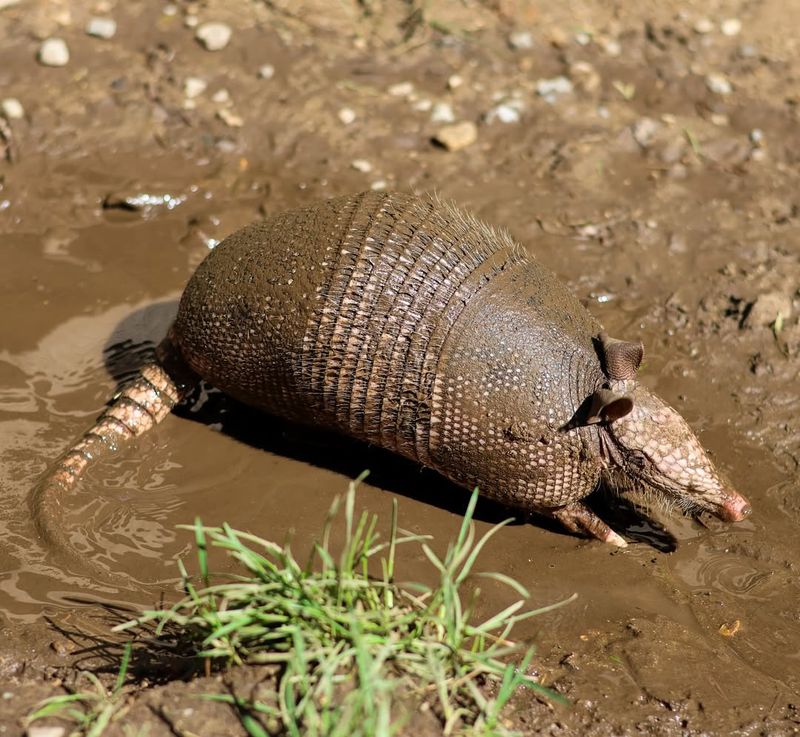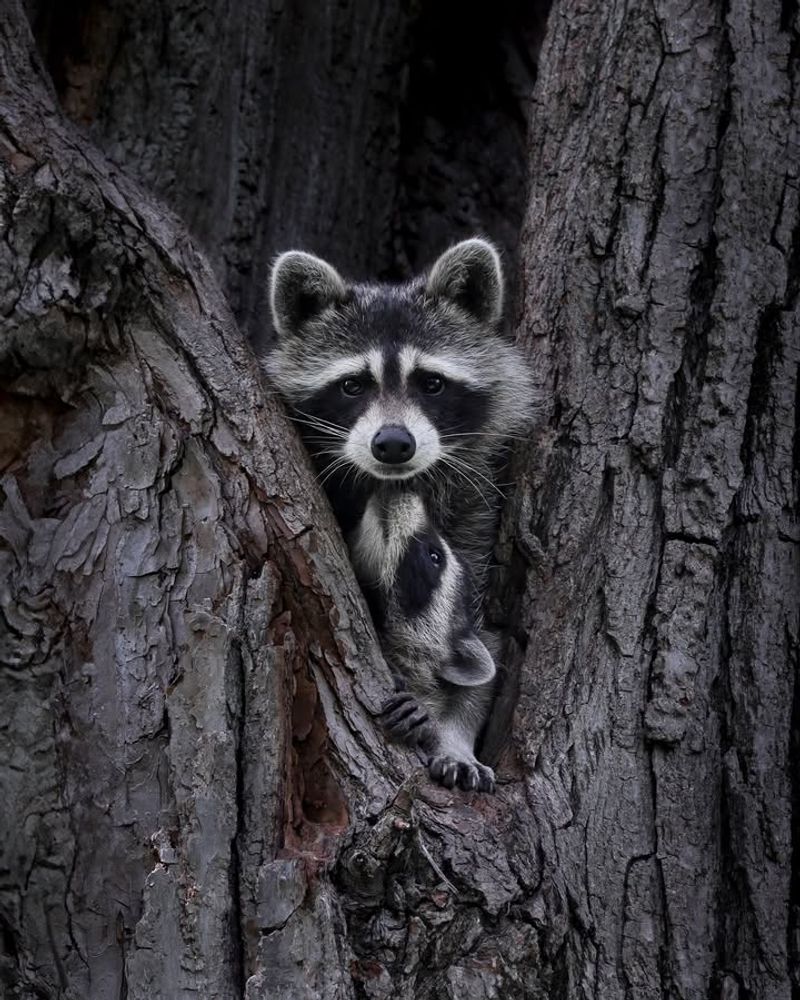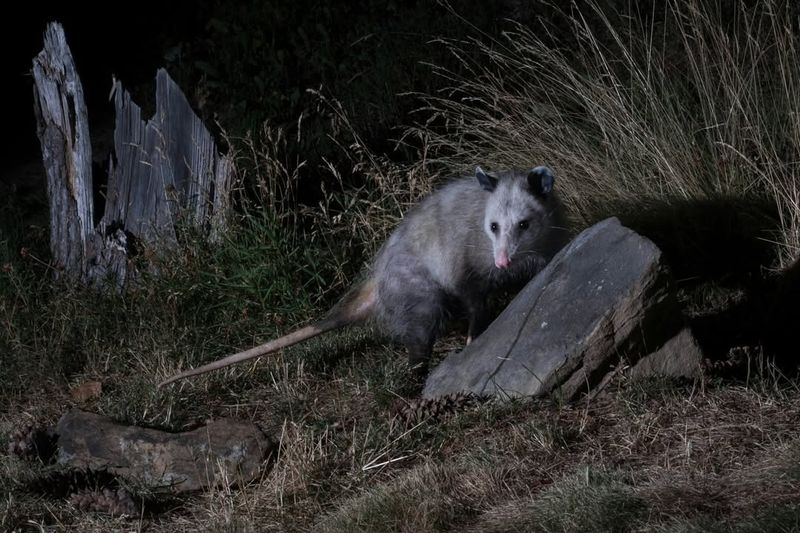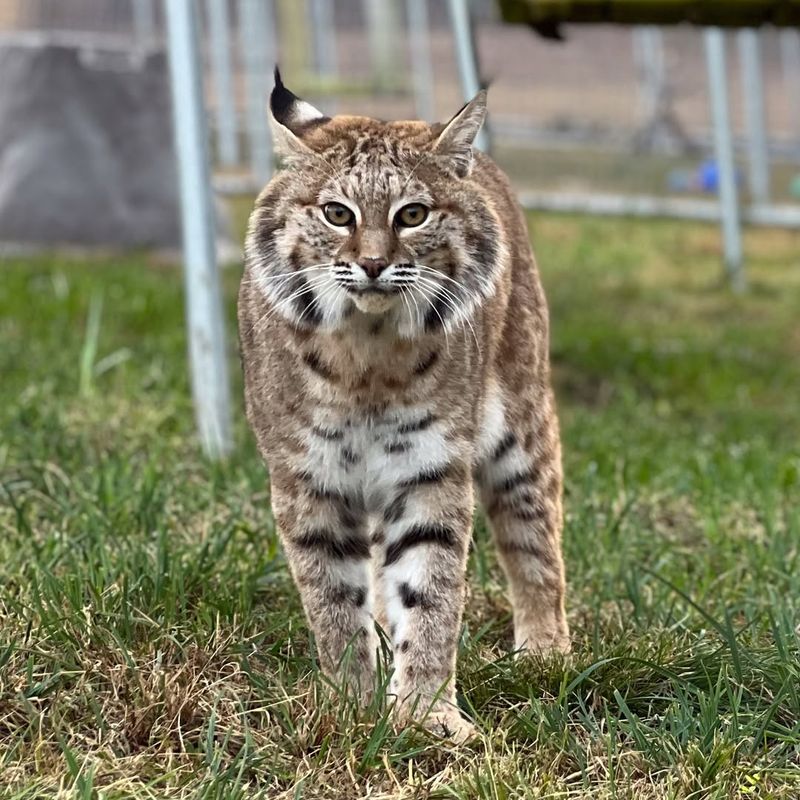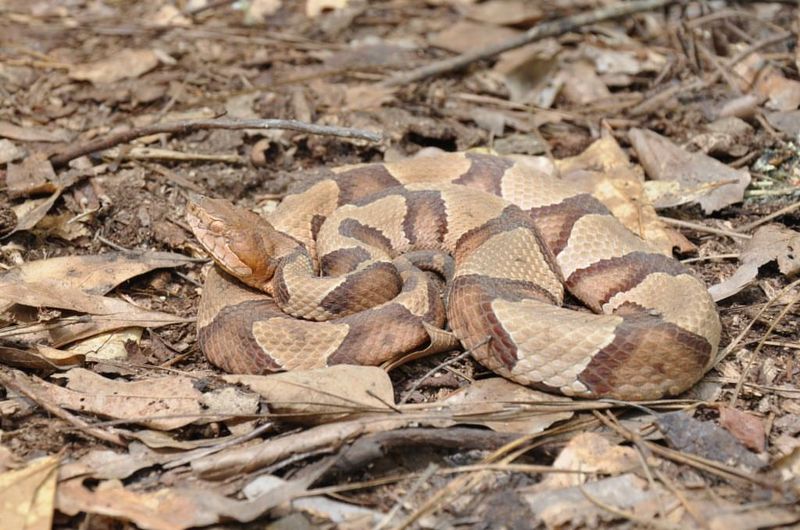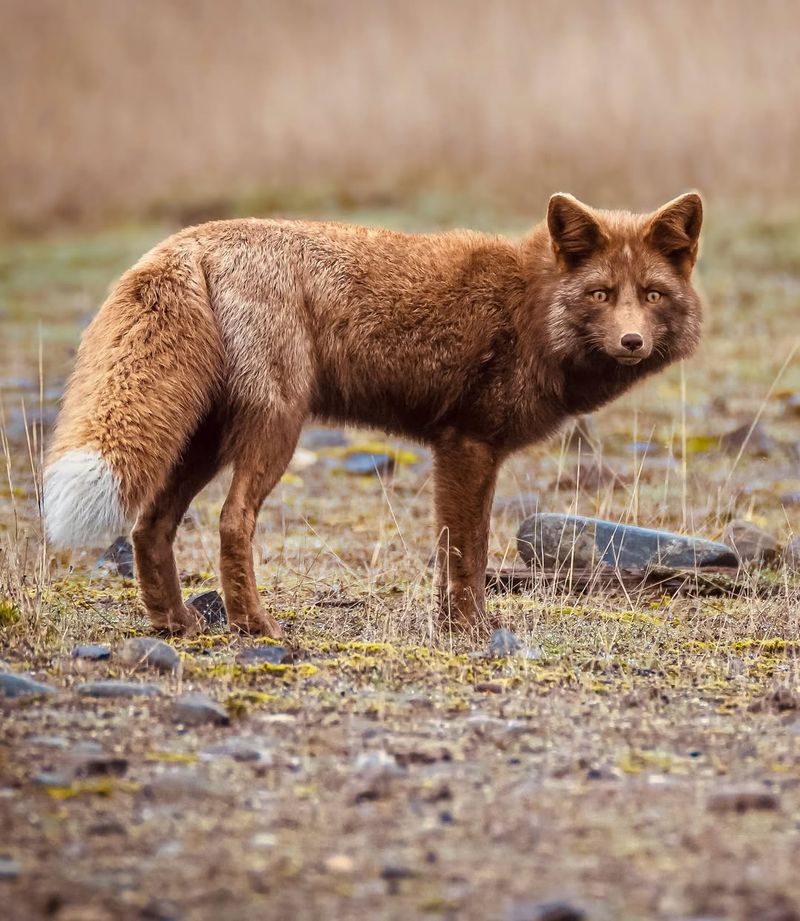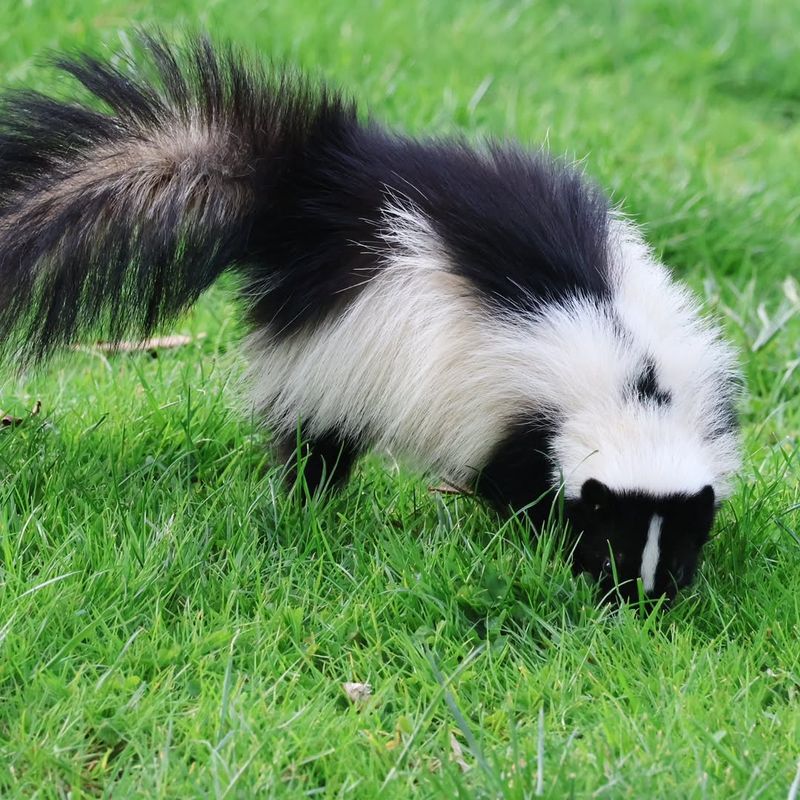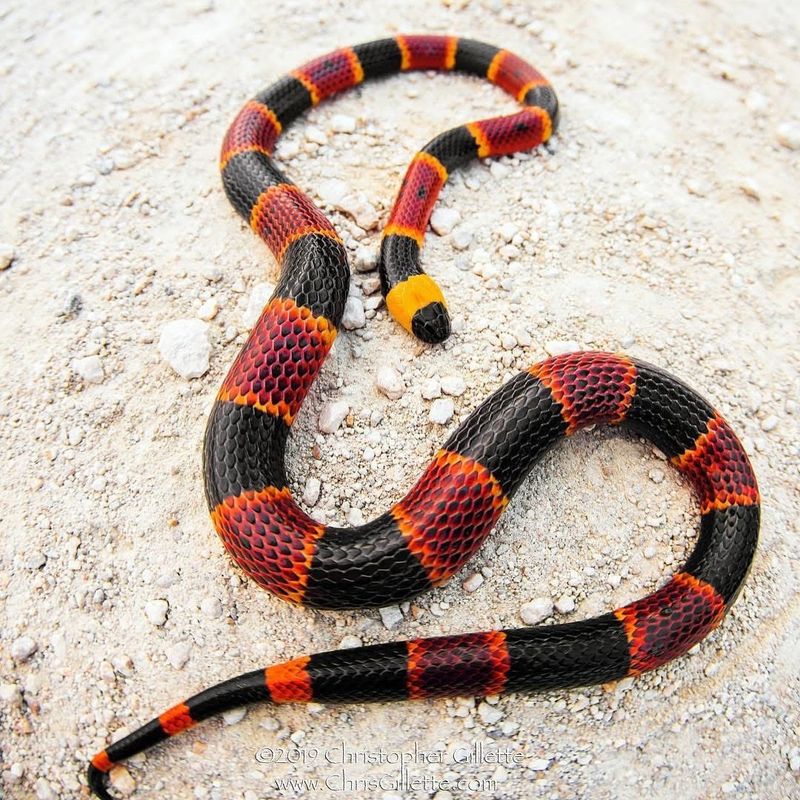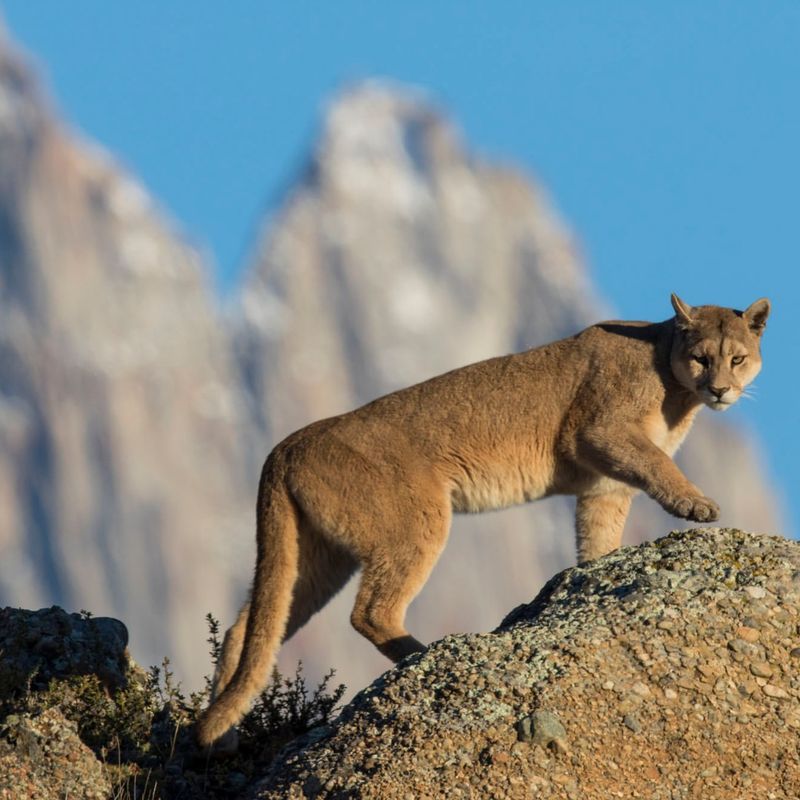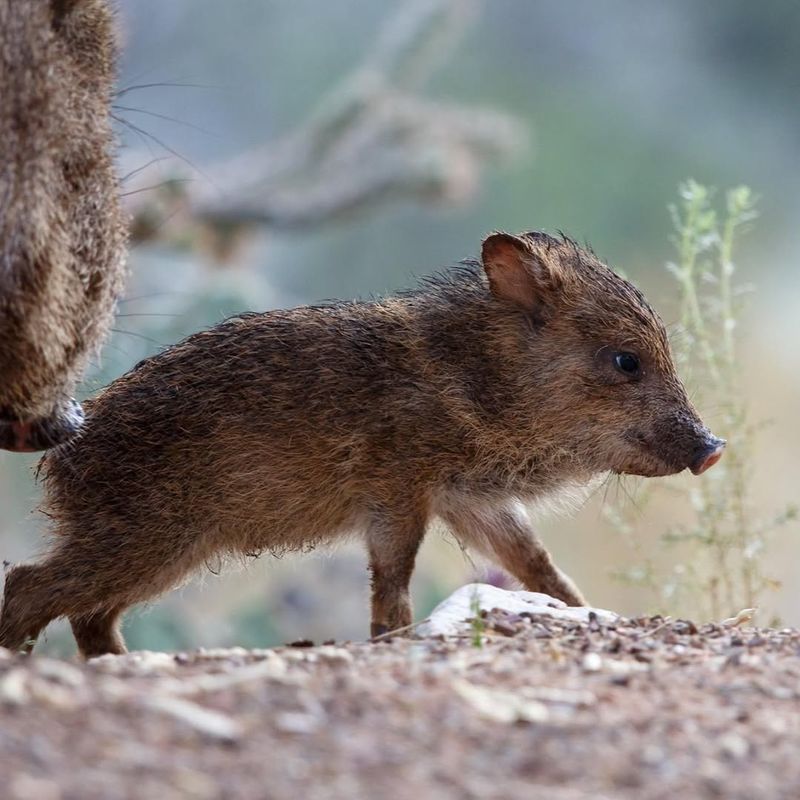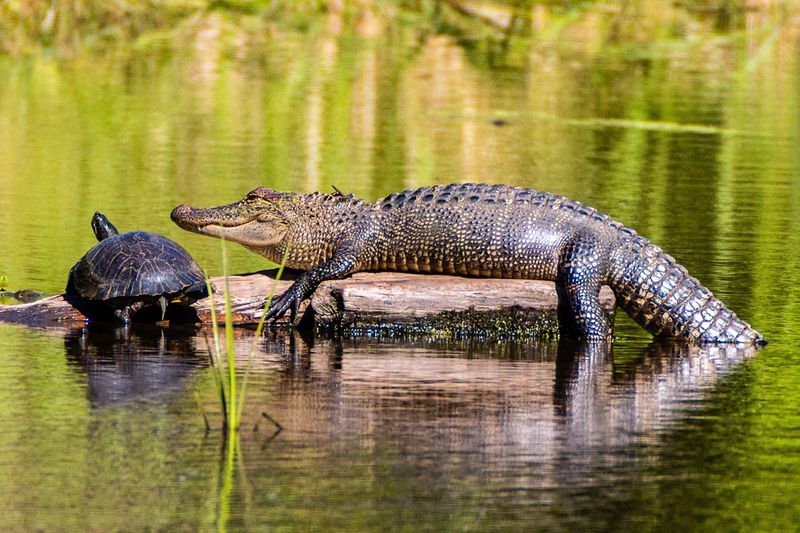Texas cities aren’t just home to people – they’re shared with a surprising variety of wild animals. Urban development has pushed many creatures into our neighborhoods, creating unexpected encounters right in our own backyards.
From tiny reptiles to large mammals, these wild Texan neighbors often appear when we least expect them.
1. Coyotes: Urban Hunters
Highly adaptable predators, coyotes have made themselves comfortable in cities across Texas. Their howls might echo through suburban neighborhoods at dusk as they search for food.
Most coyotes avoid humans, but they’re opportunistic eaters who won’t pass up pet food left outside or unsecured garbage. Their presence actually helps control rodent populations in urban areas.
2. Armadillos: Armored Diggers
You might discover strange, small holes across your lawn one morning – the calling card of an armadillo’s nighttime visit. These armor-plated mammals are notorious for tearing up yards while hunting for grubs and insects.
Native to Texas, armadillos are mostly nocturnal and surprisingly good swimmers. When startled, they can jump straight up in the air, sometimes hitting the underside of vehicles driving over them!
3. Raccoons: Masked Bandits
Those clever paws can open almost anything! Raccoons have adapted brilliantly to urban life, using their dexterous hands to raid trash cans, pet food bowls, and even complicated latches.
Active mostly at night, these masked mammals are incredibly intelligent problem-solvers. They’ve been known to remember solutions to challenges for up to three years. Urban raccoons often grow larger than their rural cousins due to the abundance of food in cities.
4. Opossums: Nature’s Cleanup Crew
Despite their scary hissing and toothy grins, opossums are actually beneficial backyard visitors. North America’s only marsupial devours thousands of ticks annually and is naturally resistant to rabies and snake venom.
When threatened, opossums famously “play dead” – an involuntary response where they fall into a comatose-like state. Many Texas homeowners welcome these nocturnal creatures for their pest control services, as they eagerly consume cockroaches, rats, and carrion.
5. Bobcats: Elusive Feline Neighbors
More common than you might think, bobcats silently prowl many Texas neighborhoods, especially those bordering natural areas. These wild felines are roughly twice the size of house cats, with distinctive spotted coats and short “bobbed” tails.
Masters of stealth, bobcats hunt rabbits, rodents, and occasionally birds. They’re typically shy around humans and most active at dawn and dusk. Home security cameras have captured increasing numbers of bobcats exploring suburban yards throughout Texas cities.
6. Copperheads: Camouflaged Danger
Among Texas’ venomous snakes, copperheads most commonly venture into urban areas. Their copper-colored, hourglass-patterned bodies blend perfectly with fallen leaves, making them nearly invisible in garden beds.
While not typically aggressive, copperheads will strike if threatened or accidentally stepped on. They’re most active during warm months and prefer areas with moisture and coverage like woodpiles, mulched gardens, or dense ground cover. Always watch your step during evening yard work!
7. Foxes: Backyard Hunters
Both gray and red foxes make appearances in Texas urban areas, often establishing dens under decks or sheds. Their beautiful bushy tails and pointed ears make them a striking sight when glimpsed at dawn.
Contrary to popular belief, foxes rarely bother pets but instead focus on mice, rats, and insects. Many Texas residents report foxes returning to the same yards year after year. Their distinctive barking calls sometimes startle people who mistake them for injured dogs.
8. Skunks: Fragrant Visitors
Nobody forgets an encounter with a skunk! These black-and-white mammals frequent Texas neighborhoods searching for grubs in lawns. Their powerful defensive spray can be detected up to a mile away.
Skunks typically give warning signs before spraying – stamping front feet, raising their tail, and even doing handstands. They’re actually beneficial neighbors who consume large quantities of garden pests and rodents. Many Texas cities report increasing skunk populations as development expands into their natural habitats.
9. Coral Snakes: Colorful Warning
The vibrant red, yellow and black bands of Texas coral snakes serve as nature’s warning sign. Remember the rhyme: “Red touch yellow, kill a fellow” to distinguish this venomous species from similar-looking kingsnakes.
Extremely shy, coral snakes spend most of their time burrowed underground but occasionally appear in gardens after heavy rains. Unlike rattlesnakes, they have small fangs and must chew to deliver venom. Despite their deadly reputation, coral snake bites in urban areas are exceedingly rare.
10. Cougars: Rare Urban Predators
While extremely uncommon in cities, verified cougar sightings do occur in Texas suburbs, especially those near large natural areas. These powerful cats can weigh up to 200 pounds and travel over 20 miles daily.
Motion-sensing cameras occasionally capture these secretive predators passing through neighborhoods, typically young males seeking new territory. Wildlife officials note that most reported cougar sightings turn out to be large domestic cats or bobcats, but confirmed urban appearances have increased as development pushes into wild spaces.
11. Javelinas: Pig-Like Visitors
Often mistaken for wild pigs, javelinas are actually collared peccaries native to the southwestern United States. These social animals travel in groups called “squadrons” and have a distinctive musky odor.
Urban javelinas particularly love cactus fruit and can destroy landscape plants overnight. Their poor eyesight but excellent sense of smell means they might approach humans unknowingly. While usually not aggressive, they possess sharp tusks and will defend themselves if cornered or if their young feel threatened.
12. Alligators: Prehistoric Neighbors
In east and coastal Texas cities, alligators occasionally appear in neighborhood ponds, drainage ditches, and even swimming pools! These ancient reptiles can grow over 14 feet long and have incredible bite force.
Female alligators are particularly protective of nesting areas during spring breeding season. Urban development near wetlands has led to more human-alligator encounters. Texas Parks and Wildlife handles numerous calls annually about alligators lounging in residential areas, especially after heavy rains displace them from their normal habitats.

